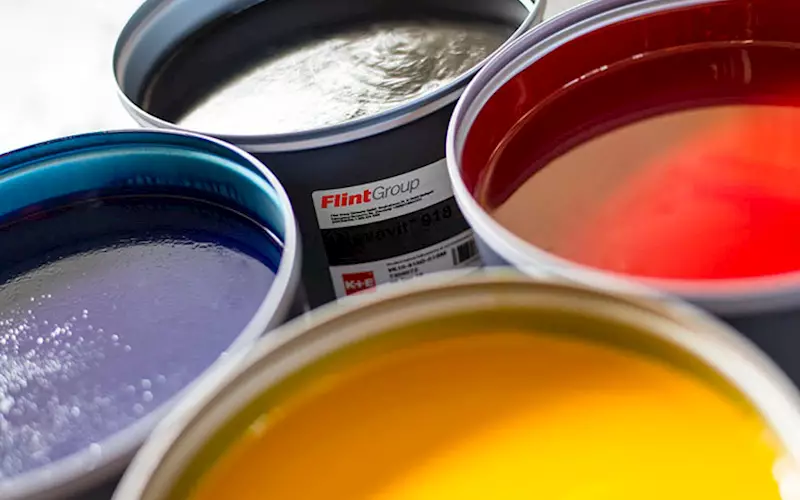Supply chain strains to continue: Upal Roy of Flint Group Packaging
Flint Group Packaging has commented on the unprecedented supply chain volatility being experienced in its India, Middle East and Africa businesses.
15 Dec 2021 | By Rahul Kumar
Upal Roy, managing director, Packaging India, Middle East, Africa at Flint Group Packaging, said, “It’s clear that the global economy is experiencing tremendous pressure with demand for products outstripping supply. Global raw material volumes and prices, along with freight availability are being heavily impacted. Compounded by the Covid-19 pandemic, transportation and raw material shortages are causing a multitude of challenges for ink and coatings producers in our region.”
He added that for a wide variety of reasons, supply challenges are occurring for many critical raw materials used in the production of printing inks including vegetable oils and their derivatives, petrochemicals, pigments and titanium dioxide (TiO2). These products are all in short supply and causing significant issues in vendors’ ability to forecast and plan shipments.
He said, “Pigment prices, in particular, have surged recently due to increased demand from the architectural paints and wind turbine markets. Factory shutdowns in China, as a result of the Chinese Energy Reduction Program, have compounded the supply and pricing situation.”
With respect to petrochemicals including UV, polyurethane and acrylic resins and solvents, costs for these materials have been escalating since early 2020, with some of these having demand increases outside of normal levels.
According to Roy, the overall logistics situation also remains difficult. “The industry continues to face shortages in steel for drums and high-density polyethylene (HDPE) feedstocks used for pails and jugs. Increased eCommerce demand is driving a tight supply of corrugated boxes and inserts. Material allocation, production delays, feedstock force majeures, and labour shortages, are all contributing to packaging cost increases,” he said.
And then on top of this, the pandemic has been a catalyst for abnormal consumer purchase activity (both during and after shutdowns), causing unusual demand within multiple industries and straining both air and sea freight capacity.
Jet fuel costs, for example, have increased as high as 8-10 times the norm along with shipping container costs, further exacerbated by unusual ocean freight schedules and freight carriers being stranded or challenged to find ports to offload containers. Ultimately, increased demand and ill prepared logistics have caused a critical shortage of freight capacity.
“It is now clear that these supply chain strains are almost certain to continue well into 2022. Furthermore, we expect container prices, raw material shortages and cost increases to remain elevated into 2023. Even as some of these constraints ease and the recovery move forward, there remains global uncertainty regarding a resurgence of the coronavirus, changing consumer purchasing behaviours, and potential trade barriers,” Roy explained.
He added, “Importantly though, printing of all types plays an important role in producing the packaging that protects, preserves and enables the transportation of food and other essential goods to consumers worldwide. The value of printing inks and coatings is clear, and our staff is committed to working together to ensure our customers continue to receive necessary supply of inks and coatings for package printing.”














 See All
See All